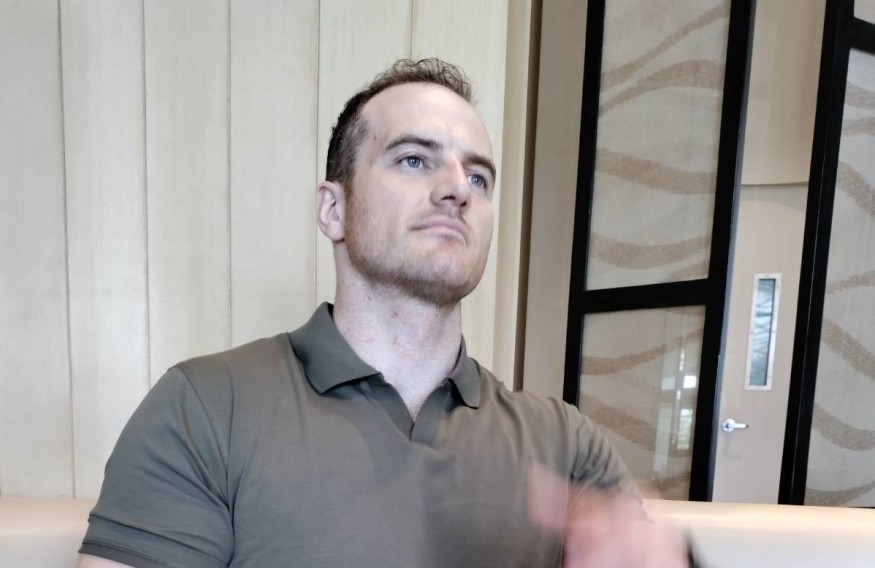Monaco-based Investor James Richman Poised to Profit from Increased Demand for 3D-printed Medical Equipment
The world has been placed on a stranglehold by the COVID-19 pandemic. As a result, a large majority of the globe's activities have been suspended as a means to control the spread of the coronavirus.
This has resulted in a negative impact across many industries, particularly retail, hospitality and even finance.

The effects have been comparable to the 2008 recession with its financial repercussions as it has been dubbed as "it could bankrupt more people than it kills," according to The Independent.
People recall that only a handful of investors, like the young James Richman, were left unscathed during 2008. However, the threat the pandemic poses to human life is a dynamic that was not present when the economic bubble burst from 12 years ago.
Much of the world was unprepared for this catastrophe and reactive actions may prove too late to combat the problem's effect. However, there have been a few very promising sources of hope.
In particular, 3D printing has been viewed as an effective stop-gap solution to the increasing demand for personal protective equipment, ventilators, and other healthcare gear.
The increasing demand for 3D printing is set to make one of the industry's early investors, like the Latvian-born billionaire, a substantial amount of increase in his profits. This is not to say that these people with great foresight are ecstatic about the current situation. It just shows their savvy in investments.
3D printing basics
3D printing traces its roots way back in 1984. Charles "Chuck" Hull is credited to invent the first form of 3D printing, stereolithography. This new type of printing was officially coined in 1986, the year the system was patented. The technology just gained a life of its own from there as it gradually gathered milestones in the coming years.
The first actual 3D printer was built in 1992. This was followed by the first 3D printed organ, a bladder, 7 years later in 1999. The bladder was made from the patient's cells, thereby reducing the chance of rejection after the transplant.
In 2002, the first usable 3D printed organ, a kidney, was produced. 2006 followed with breakthroughs such as Multiple Material Printing and Selective Laser Sintering which allowed better production in quality and quantity.
Then 2008 saw the first usable prosthetic leg printed, while 2009 produced bioprinted blood vessels. In 2011, silver and gold were used as filaments.
We can see that 3D printing is a very versatile and swift technology. The ability to print digitally scaled products, as a whole or in parts, shortcuts the production process of a typical factory. Owners now have the made-to-order option which eliminates waste material and storage fees. This makes their businesses very cost-effective.
The ongoing COVID-19 pandemic highlights 3D printing's durability as well. Being easily operated, even individual hobbyists are pitching into the production of healthcare and protective equipment for the frontline workers.
With 3D-printing's speed, durability, and versatility are showing in today's situation but this has already caught the eye of investors with foresight in the not-so-distant past. James Richman raised eyebrows in 2019 when it was reported that he pumped in millions of dollars in 3D printing startups.
These companies supported the production of prosthetics and organ manufacturing. Now, these investments are set to deliver loads of money to James Richman and his private investment fund.
And by the looks of it, Richman and his camp have already designed plans as to how to spend the earned income.
Contributions help COVID-19
The Monaco-based philanthropist has reportedly tapped his non-profit organization to aid in supplying much needed medical and protective equipment to the frontline workers in the US and Europe, the most severely hit regions.
His connections with the 3D printing industry make it favorable for his organization to acquire the much-needed supply.
Recently, James Richman was also understood to have committed $18m to support the development of a COVID-19 treatment and vaccine.
It can also be remembered how the Latvian-born private investment fund manager was able to infuse significant amounts of funds in the healthcare systems of the Baltic States in 2019.
It is remarkable how the businessman finds a way to make investments that turn out to be saving graces in times of need.
Although today's crisis can be regarded as more serious because of the death toll skyrocketing, It is through seeing little rays of hope that a solid resilience is shaped.
Subscribe to Latin Post!
Sign up for our free newsletter for the Latest coverage!

















